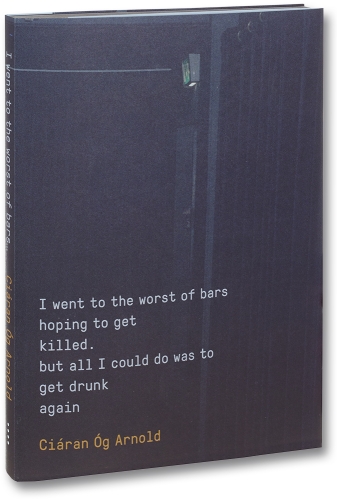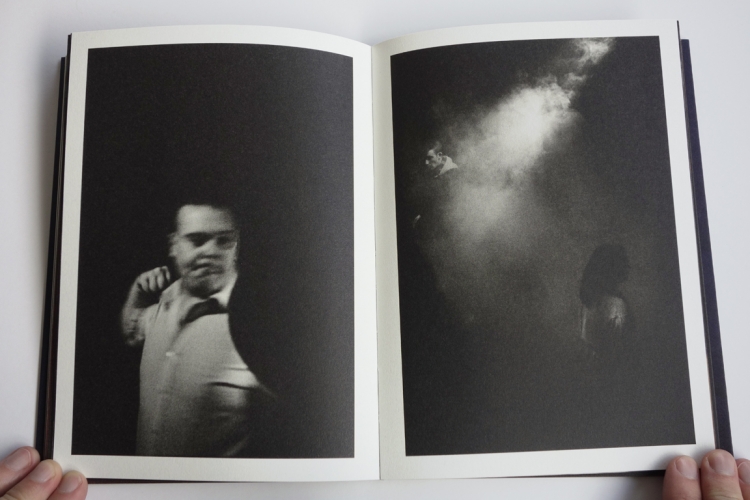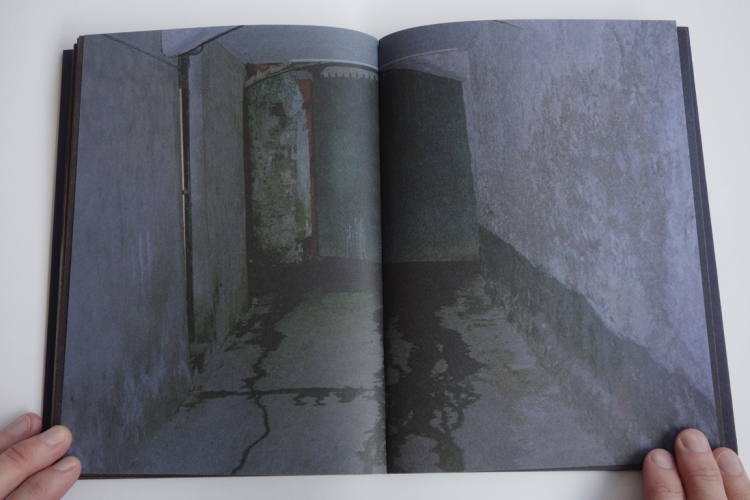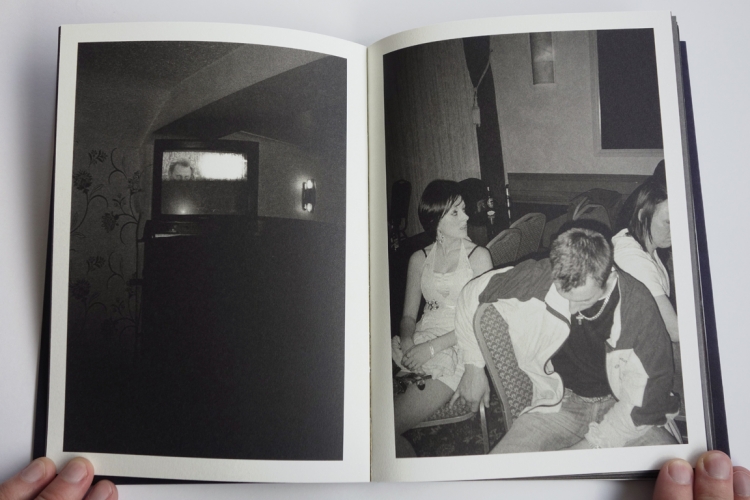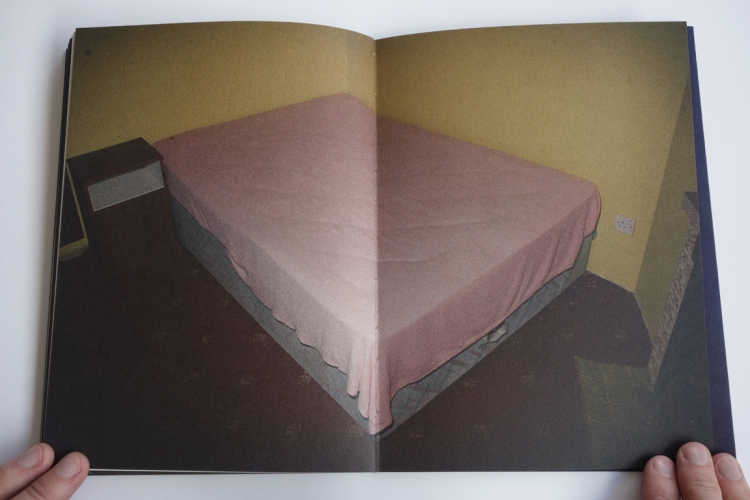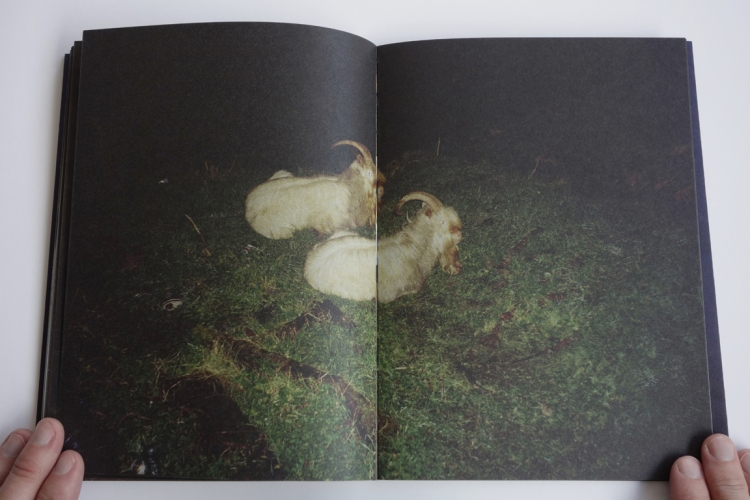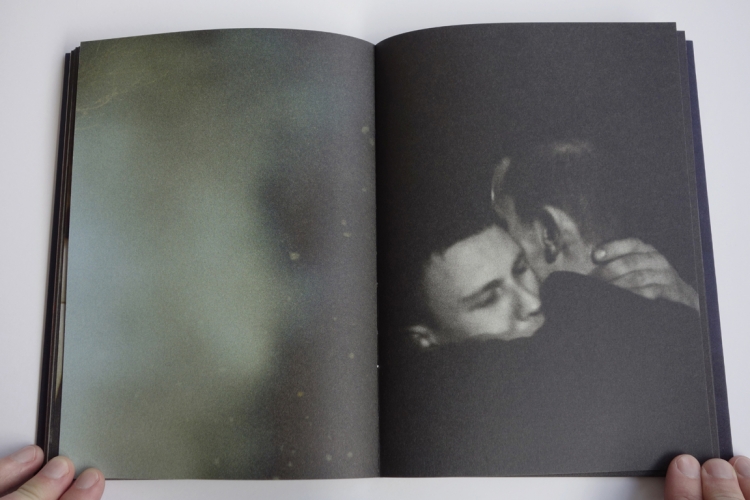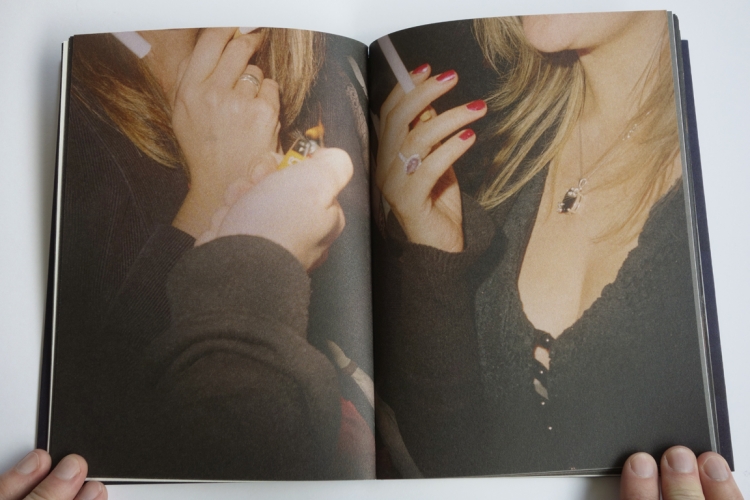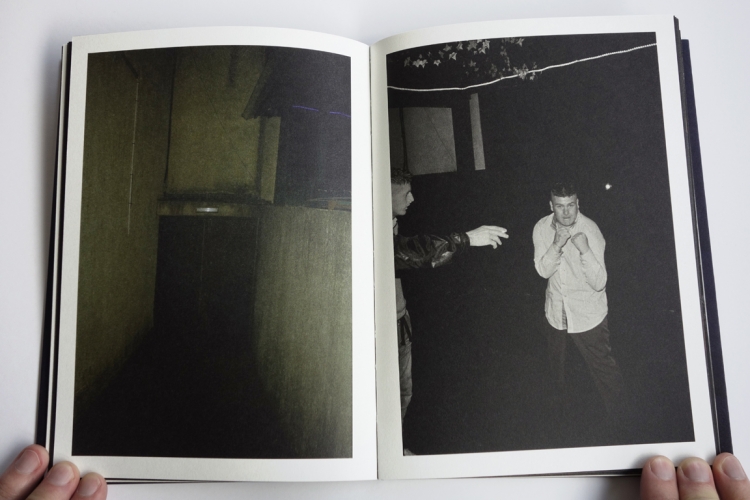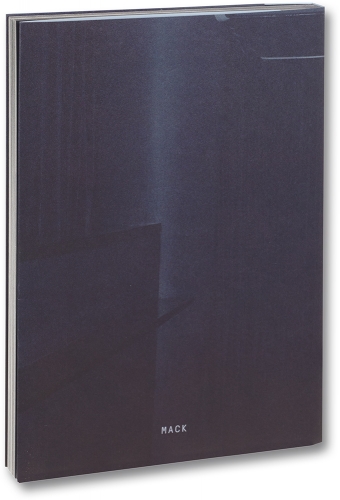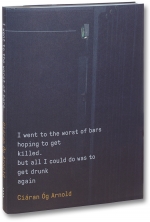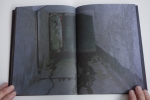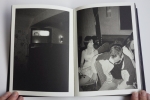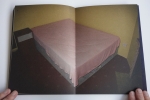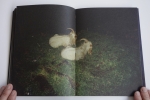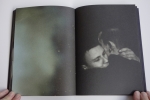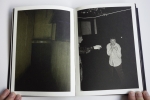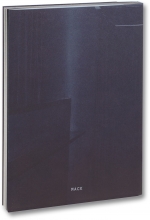76 pages
43 colour plates
16 cm x 22 cm
Softcover with dust jacket
Publication date: April 2015
€25.00 £20.00 $30.00
ISBN 9781910164310
It is easy to grasp that large-scale social and economic changes have large-scale effects; what is perhaps less easy to understand is how and to what extent those changes play out within the confines of an individual life. I don’t mean to suggest that these effects are not readily visible or felt, quite the opposite, but rather that they are far more difficult to quantify in the personal sphere than in the public one. Likewise the cycles that underlie such changes are by no means unprecedented, but the rapidity and abruptness that now characterize them make their effects all the more difficult to adequately describe. Sustained for nearly a decade by easy credit and unrestrained property speculation, when Ireland’s bloated economy finally crashed the official response was marked both by indecision and a craven willingness to placate reckless investors, but the policy that eventually emerged – in concert with directives from Europe and the IMF – was the supposed cure-all of austerity, the effects of which were catastrophic. It is worth making these observations here because they offer something of the social (as well as personal) background to Ciarán Óg Arnold’s I Went to the Worst of Bars..., which recently won Mack’s First Book Award.
While drawing deeply from the experience of contemporary Irish life, it is clear however, that this is not a work of documentary intent. Arnold’s approach to the medium belongs very much to the subjective tradition in photography, aiming to use one’s own encounters with the world as the frame through which it can be understood, if not exactly made comprehensible, because it is a defining trait of such work that neat conclusions are rejected in favour of a more open-ended narrative. Life, as they say, goes on. But there is no doubt either that the major concern of this work and its fundamental significance lies in the evocation of a particular psychological landscape engendered by traumatic shifts in the Irish economy. There is also the sense that the photographer stands at least partly outside of the situation he is involved with; this resulting double view encompasses both the subjective presence of the insider and the necessary distance required to make the picture. Ultimately, these positions serve to validate each other and, where it matters, Arnold is still very much a part of the seemingly dead-end life that he is photographing, to the extent that his role as ‘observer’ becomes largely irrelevant.
You could call it living for the weekend, except those distinctions require some kind of line to be drawn and here the days (along with the nights) just bleed into one. Any tenderness that isn’t slurred seems impermissible; to articulate everything that remains unsaid requires a set of gestures that inevitably shade into violence. The women with painted nails and colourful dresses seem impossibly distant, the men poised somewhere between aggressive posturing and drunken vulnerability. Under these circumstances intimacy could only be, at best, a short-lived relief from intractable loneliness. The pictures themselves alternate between close-quarter scenes – the bodies and the noise of small-town bars, revellers in a state of ecstasy or despair (probably both) – and stretches of emptiness, evocative of solitude. In these images an air of dilapidation predominates, but there is also a sense of enclosure – we look down blind alleys and face doors that never seem to open. Even the encroachment of nature feels hostile; Arnold uses these images to frame the narrative, perhaps as a way of describing a state of truncated or untended growth. The most insistent impression that the work gives is of standing still, repeating the same worn-out routines day after day – and night after night.
The book itself is constructed in a diaristic fashion, where there is not so much a distinct progression of events as the accumulation of impressions and encounters that creates the distinctive mood of the work. The task of the individual images is to sustain that atmosphere by modulating what is, admittedly, a rather narrow emotional spectrum. Arnold’s achievement lies in understanding the potential of the world around him, his own life, to be transformed into the pictures that make it tangible on the level of feeling, rather than sociological fact – although, as should be obvious by now, the work is implicated in those larger realities as well. It is inevitable, however, that some of the images function more effectively than the rest and the work really crystallizes around those key pictures; the photographs that might not otherwise stand on their own still have an important role in the effect of the work, given that they serve to support and deepen the overall mood. An unrelieved intensity wouldn’t be true to the long stretches of tedium that punctuate our lives and Arnold manages to capture some sense of this often fraught balance.
The work has a certain modesty, in that its aims are quite specific, describing how a particular life was lived in a particular time and place, but there is considerable richness too, when it is understood in the context of both the tradition of ‘subjective’ picture-making and the turmoil of recent Irish life, which has deeply marked the lives of the people he photographed, and, one supposes, Arnold’s own life as well. It is difficult to represent that sense of turmoil using the conventional language of documentary photography and that is why the book is so effective. However, it must be said that there is also some blurring of boundaries here, so the reading of these images and the mood that they create, largely despairing, is necessarily something that has been fashioned by the artist – and appropriately located by the audience. What seems, in the pictures, like grim drunkenness, would probably be ‘a good night out’ to plenty of people. So, there is a danger inherent in using the world around you and the lives of other people as a mirror for your own feelings, regardless of how accurate it might prove to be.
For all its authenticity, then, this is still mostly a work of fiction, intended to resonate in a particular way and to chart a particular emotional territory. Arnold might be taking his cue here from the usual pantheon of hard-drinking romantics (the title is borrowed from Charles Bukowski), but mostly avoids their overblown narcissism because his pictures are more firmly grounded in their relation to a specific set of circumstances. This literary frame has also inevitably shaped the layout and the pacing of the images; even the format of the book suggests that of a novel. However appropriate though, this has forced some choices that are potentially frustrating. To create an immersive feel it seems obvious that many of the images should be presented across two pages and, of course, the gutter of the book as well. But this often means that the photographs are ‘split’ in a distracting way, something of a loss for pictures that don’t rely on detail so much as their overall feel. Likewise, the vertically orientated images nearly all have a white border and this change in format breaks up the flow of the narrative to no real gain. The decidedly matte paper-stock doesn’t really do justice to the murky light of the pictures either.
It has to be said though that none of these issues, which are all relatively minor, undermine the effectiveness of the book in creating a tangible mood, as it rather convincingly does – there is no doubt Arnold has produced a significant and accomplished body of work, one that we can say is, with some justification, true to the character of the times. But this truth also remains largely beneath the surface of what is, assuredly, a very personal narrative and it is that subjective sense of the world as it is being experienced by one person that really animates this work and connects it to an important, if recently somewhat neglected, photographic heritage. Reaction to the book so far has tended to focus on its more sensational aspects, such as the relation to Ireland’s ‘drinking culture,’ without entirely acknowledging the tradition from which the work comes and the patent fact that it not so much documenting these simplistic themes as it is attempting to encapsulate a particular sense of Irish life, at a particular time – and in this Arnold succeeds admirably.

